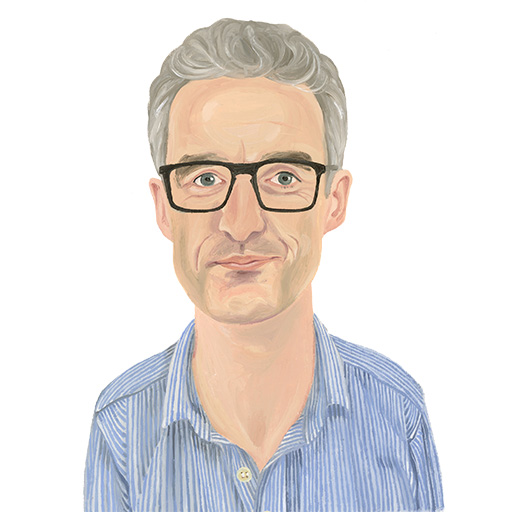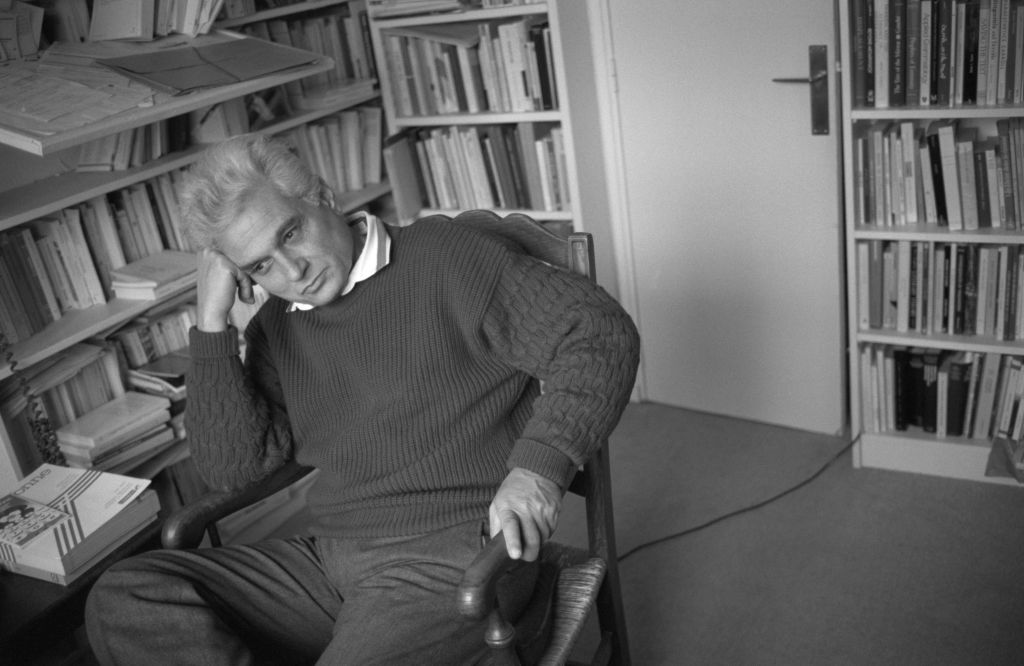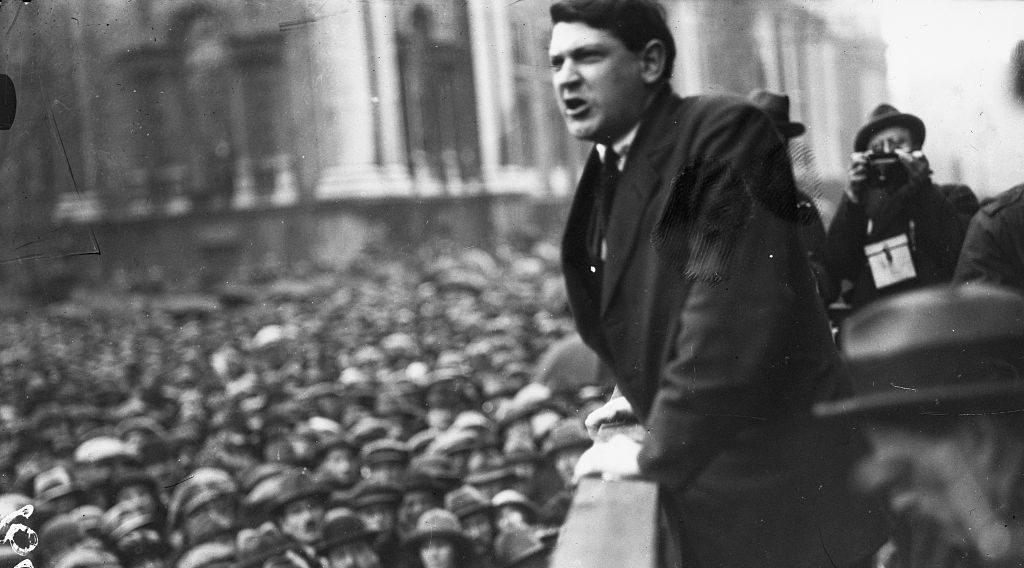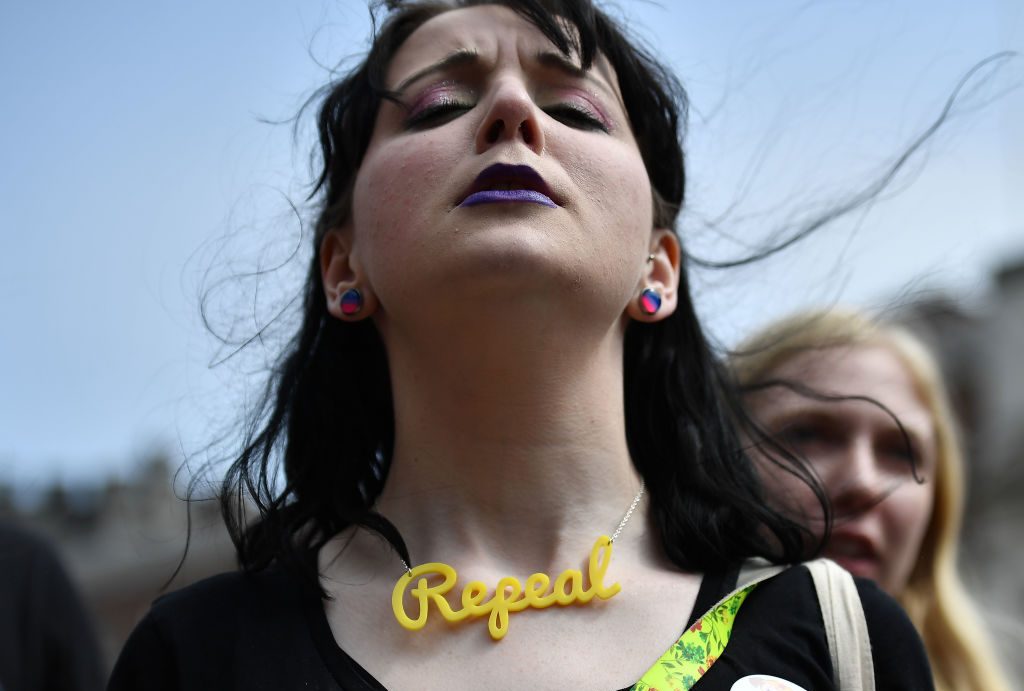The recent death of John Brierley, who through his guidebooks became a Camino de Santiago institution, reminded me about the various, intriguing ways in which the fates of the Camino pilgrimage and Europe have been intertwined.
Born in the UK and brought up in Ireland, following what amounted to a mid-life crisis in his forties, Brierley went on to play an outsized role in the surging popularity that the Camino — very much a European endeavour — experienced since the 1990s.
He died with the UK having left and turned its back on the EU, yet his guidebooks, having been translated into numerous languages, had sold around a million copies helping guide pilgrims on their long travels across continental Europe toward the city of Santiago de Compostela in northwestern Spain.
When I did my first Camino in 2017, it was Brierley’s Camino de Santiago guidebook — with Brierley on the front cover, seen from the back striding along a meandering track heading toward the horizon — that accompanied me for 750-odd-kilometres of the Camino Frances, the best-known Camino route from Saint-Jean-Pied-de-Port at the base of the French Pyrenees westward across Spain.

Camino de Santiago is the collective name for the network of pilgrimage routes that like a river’s tributaries traverse much of Europe before convening at Santiago de Compostela. Following the reported discovery of the relics of Saint James, one of the Twelve Apostles and distinguished as one of Jesus’s innermost circle and the first apostle martyred, the location became a major medieval pilgrimage route from the 10th century onwards. It became one of the three great pilgrimages of Christianity along with Jerusalem and Rome.
“Europe was made on the pilgrim road to Compostela” — If you pay attention, just before you arrive at the Porta do Camino walled entrance on the edge of Santiago de Compostela’s old town, you can spot those words engraved in the paving stones. Beneath them is a metal scallop shell, the symbol of Saint James and the Camino (and widely visible in European cities: Brussels is full of scallop shells on buildings and statues).
Through the Camino, pilgrims from all over Europe were brought into contact with each other, resulting in a mingling of nationalities that for many people would have been the first time in their lives that they encountered someone from another nation — and one that was quite likely an adversary on the political stage. Urban settlements grew to provide shelter and sustenance to pilgrims on their way to Santiago, while kings and regional authorities made it their mission to coordinate protection and provisions for pilgrims, regardless of where they came from.

The intertwining of the fates of the Camino and Europe is illustrated by how from the 16th century onward the Camino suffered a gradually decline due to conflicts within Europe and the tectonic shifts caused by the Reformation.
The Camino is now experiencing a Renaissance — bar the pandemic when numbers inevitably dropped — though can the same be said for the EU? There are increasing questions about what it stands for, what purpose it serves, and whether that role is simply a centralisation of power for the EU institutions and technocrats operating out of Brussels and Strasbourg.
At the same time, the 27-nation bloc’s Central and Eastern European members such as Hungary, Poland, Czechia and Slovakia are often finding the EU’s progressive remits at odds with more traditional national policies focusing on family values or pushing back against LGBTI+ and gender identity ideologies.
The EU’s push of so-called “hate speech laws” has drawn criticism for undermining “long understood beliefs on marriage, biology and human sexuality,” Paul Coleman, executive director of ADF International (Alliance Defending Freedom), a faith-based legal advocacy organisation, told Brussels Signal.
INTERVIEW: We spoke with @Paul_B_Coleman, Executive Director of @ADFIntl, to discuss growing restrictions to free speech across the EU, the erosion of religious liberties, and the rise of state power and control over the private life of EU citizens. https://t.co/A1p06MtrfC
— Brussels Signal (@brusselssignal) July 13, 2023
Freedom of religion is not having a good run in the EU currently, starkly illustrated during the pandemic when the majority of governments chose to close churches and ban public worship.
That egregious and cynical choice is finally being taken to task: a challenge against the 2021 Covid-19 restrictions on public worship in Slovakia has been filed at the European Court of Human Rights (ECHR). A decision could set a precedent for the 676 million citizens that fall under its jurisdiction, which includes those of the EU bloc.
There are those who argue that France’s experiment in laïcité — a particular way of ensuring the separation of church and state — has proved a disaster. For it appears to have created a country prone to riots and riddled with religious and racial tensions, where, despite it being the 21st century, priests and teachers have their throats slits and heads cut off by Islamists as if these were medieval times. And other EU countries are edging towards a similar state, writes Michel Houellebecq, the controversial author of the novel Submission, in which modern France becomes an Islamic state.
Indications suggest some sort of pushback has begun, with a fair bit of “God, family and country” thrown into the rhetoric.
.@jrfjeffrey takes a look at how the Left is faltering in elections across Europe. https://t.co/ekk3YuSNko
— Brussels Signal (@brusselssignal) July 6, 2023
Though the anticipated swing to the Right during the recent national election in Spain — arguably the home of the Camino — didn’t materialise to the degree expected.
It illustrates that the political path Europe is following is yet to be set in stone.







Skulls and Benin bronzes: where do you draw the line to avoid emptying Europe’s museums?